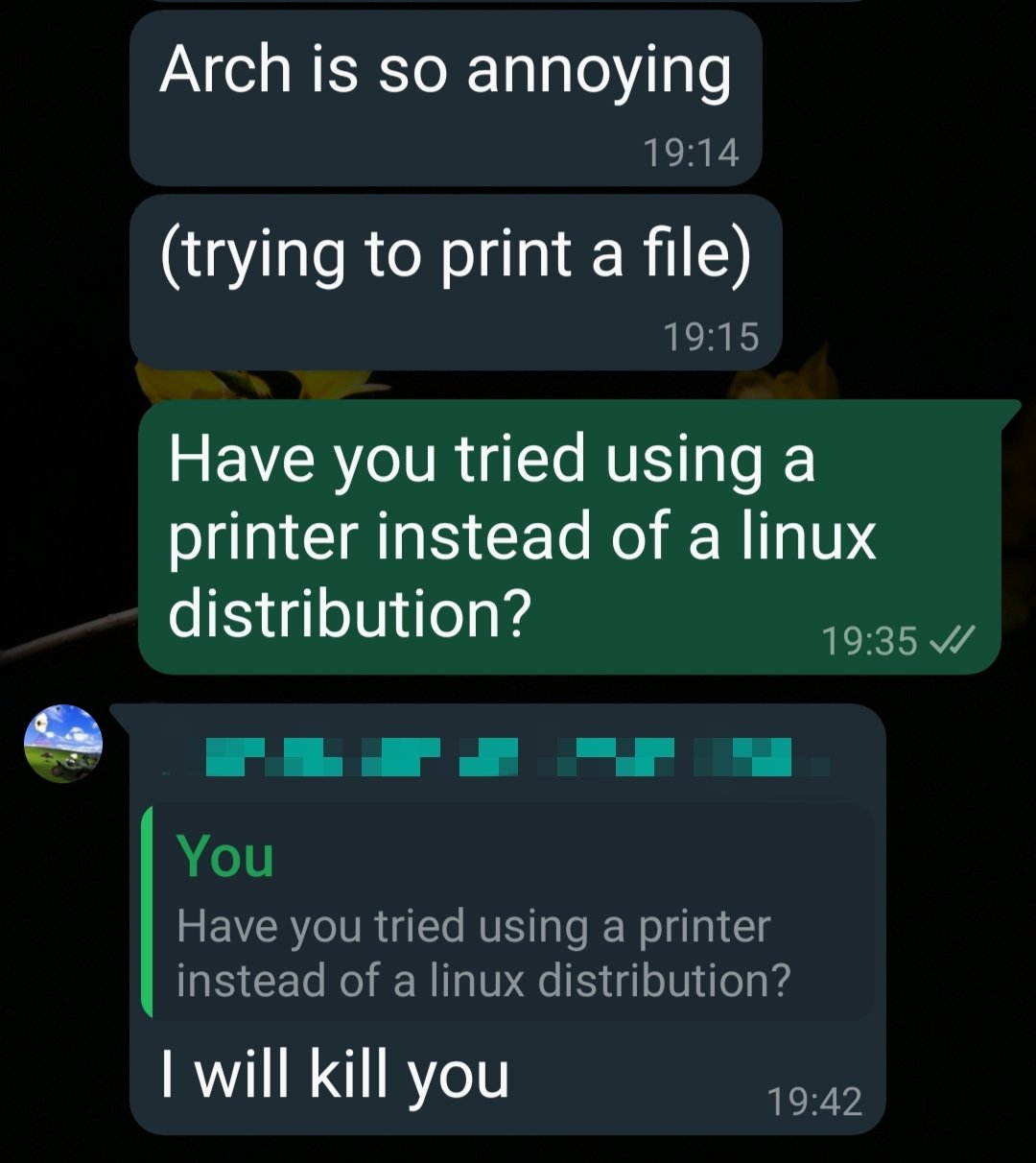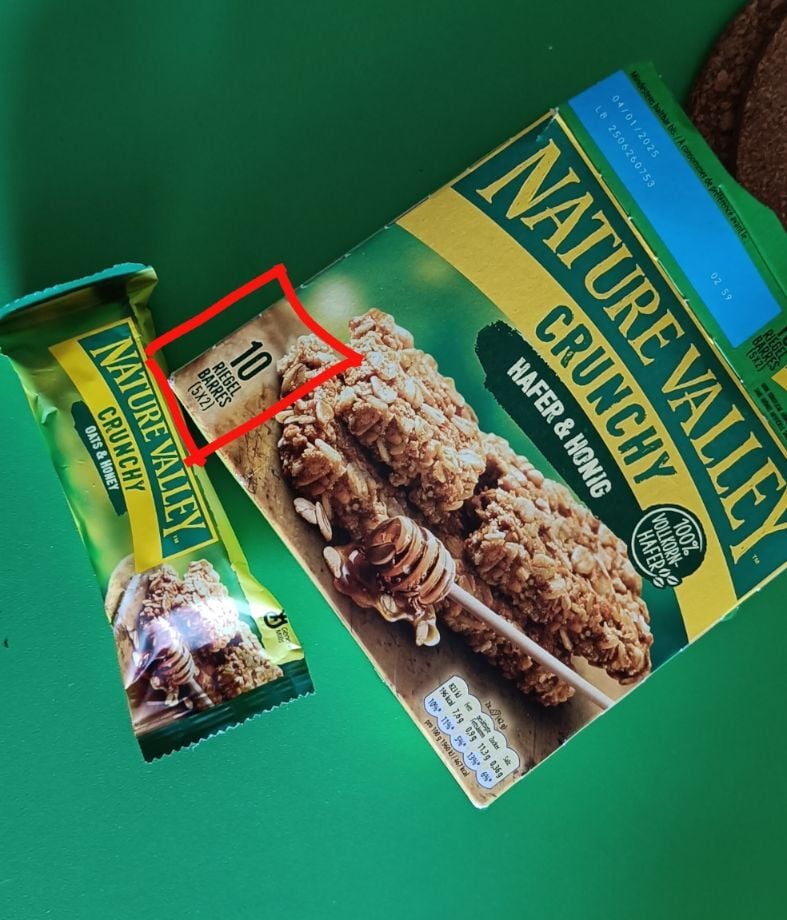You can implement a counting-thread that's even more precise than the CPU's timer (TSC on x86) platforms. This was shown in attacks on Intel SGX, where the rdtsc instruction to access the time-stamp counter is unavailable.
https://link.springer.com/chapter/10.1007/978-3-319-60876-1_1
https://arxiv.org/pdf/1702.08719
If you remove access to the timer, attackers will simply build one.





...and there you go:
https://ccs25files.zoolab.org/main/ccsfb/1REOCPAR/3719027.3765061.pdf
https://misc0110.net/files/exfilstate_ccs25.pdf
From https://www.sigsac.org/ccs/CCS2025/accepted-papers/ (#378)
Literally published less than a day ago:
At the same conference (CCS) that the paper referred to by the ars technica article was accepted.